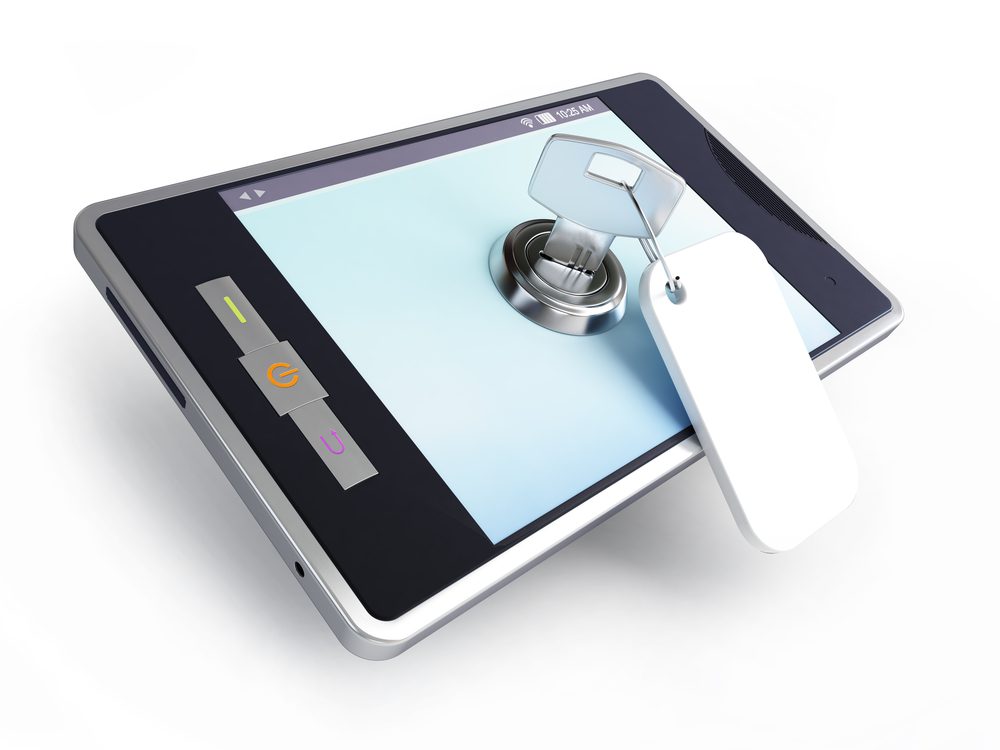The problem of intercepting mobile phone traffic is getting worse. This is problematic since accessing cellular, or public Wi-Fi networks typically offers minimal security against hackers.
The best way to protect your mobile is to have multiple layers of security. This can be as simple as a password between you can your contacts, which you each enter to start a conversation thread to using encryption apps. The most layers of security you have, the better.
Let’s discover how you can use end-to-end encryption, make better passwords that are difficult to crack, and what encryption apps are available.
How to Set a Proper Mobile Secure Communications
Almost anybody with simple hacking abilities may listen in on conversations or read texts sent among you and your contacts today since most wireless providers still use the same unencrypted mobile networks used 15 years ago.
The following are some of the best strategies for mobile secure communications.
End-to-End Encryption
End-to-end encryption is the initial step in securing mobile phone transmission. End-to-end encryption is a form of cryptography in which the sender and recipient can only read a communication.
Regardless of whether an intruder received and adequately decoded the communication, they could not decipher the data itself since it is encrypted. It’s comparable to knowing a unique password you and your contact know.
End-to-end encryption can be used to stop SMS hijacking in Man-in-the-Middle assaults. You could also employ end-to-end encryption by encrypting all data transferred over Wi-Fi on a mobile device, even while linked to public networks like coffee shops, hotels, and airports. Secure proxy connections or Virtual Private Networks (VPNs) are used to achieve this.
Use Strong Passwords and Backup Your Data
No matter how safe your mobile phone connection is, if you don’t safeguard the device with a strong password, it will be long until a hacker takes possession of it. After that, use USB OTG or micro SD card extraction to extract sensitive data.
The most effective approach is creating a solid alphabetic password no less than ten characters long. You may include both digits and letters or switch up your password pattern for additional protection. Always be sure that the password you create doesn’t contain personal information about you, such as your birthdate, anniversary, or street name.
Instead, it would aid in blending various letters, numerals, uppercase and lowercase symbols, and punctuation marks.
Maintaining personal items, such as images and papers, in a safe password-protected folder or using an encrypted external drive is another option to safeguard your device. All of your data can also be backed up, ensuring that even if something were to happen to your phone, you would still have access to it. This data can then be retrieved or safely kept within the cloud for additional security.
Use Encryption and Anti-Theft Tools
If you find all this too time-consuming, plenty of security-focused programs can handle everything automatically, so you don’t have to. One of these is named Touch ID; Passcode Lock, and as its name suggests, it enables customers to secure their smartphone with either a passcode or their fingerprint.
Additionally, you want an anti-theft service that alerts you if someone attempts to disable Report Location or Erase All Data in the app. It also sends a detailed message to law enforcement and stops your information from being remotely wiped.
Final Thoughts
Having many security layers on your mobile device is the best method to safeguard it. This may be as easy as sharing a password with your contacts, which you individually enter to open a communication thread, or as complicated as employing encryption software. It is best to have as many levels of security as possible.





























